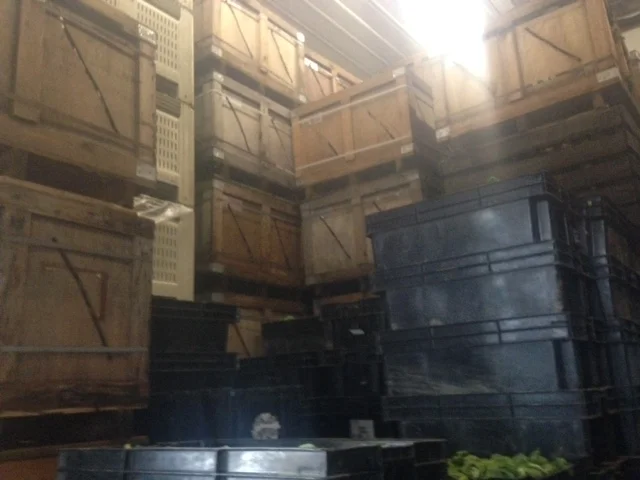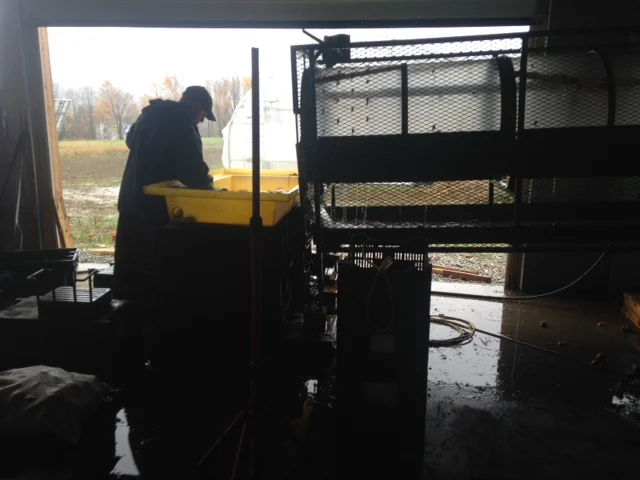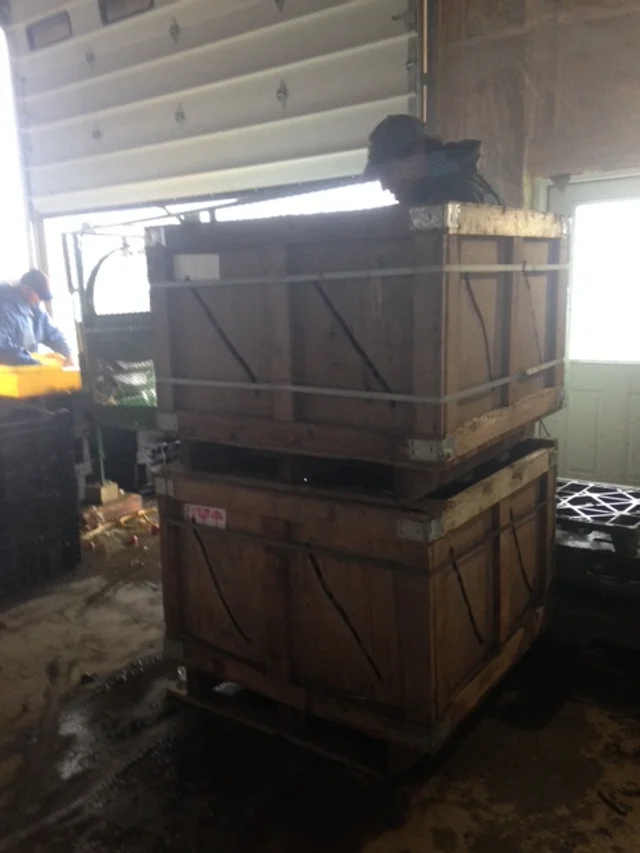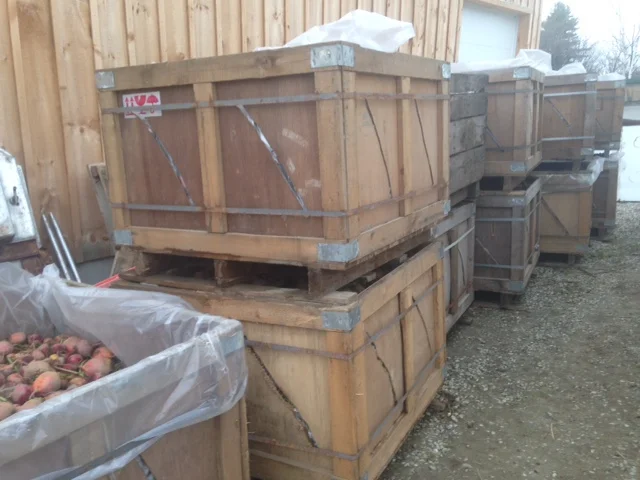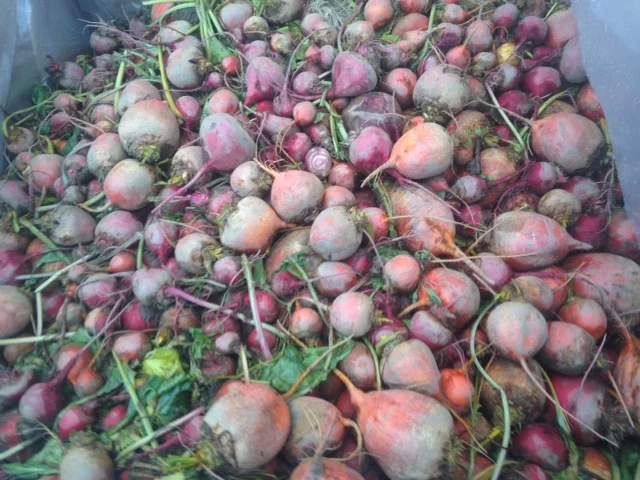The Good, The Bad, and the not-so Ugly : Managing Aphids (the Bad) with Natural Insect Predators (the Good) and Habitat Plants (not-so Ugly) in Hoophouses
Jericho Settlers Farm has been collaborating with the University of Vermont, Entomology Research Laboratory testing whether certain "habitat plants" can help establish natural insect predator populations in our hoophouses to help manage aphids and similar pests. We are one of 5 farms participating in this study throughout the northeast. Aphids can become problem pests for some plants (like leafy greens or tomato plants) if their population numbers get high. Often in indoor growing areas (like greenhouses and hoophouses) the aphids natural predators are not in great abundance, and aphid populations can grow unchecked. So we planted specific plants known to be favored by these natural predators within our tomato hoophouses, in hopes that these habitat plantings would attract the aphid predators into the hoophouses. The habitat plantings were combinations of plants (such as dill, borage, beans, alyssum and marigold) that provide food (pollen, nectar, or pests) and shelter and/or reproduction sites to the pests' natural enemies.
Preliminary results show these habitat plants are attractive to several types of naturally occurring parasites and predators. Over 500 natural enemies were collected in our hoophouses this summer. The highest abundance and diversity of natural enemies was observed on borage, alyssum and dill. Generalist predators (predators that consume a wide variety of pests) commonly observed were syrphid hover flies, minute pirate bugs, lady beetles and lacewings. Syrphid fly adults resemble bees and consume pollen and nectars. Their larvae (maggots) consume several types of soft bodied insects, especially aphids. Lacewing larvae prey upon a wide variety of small insects including thrips, mites, whiteflies, aphids, small caterpillars and insect eggs. Similarly, lady beetle adults and larvae and minute pirate bugs adults and immatures are both voracious predators of the former list of pests. Several species of parasitic wasps were also observed (don’t worry, these don’t sting people!). The majority of these parasitic wasps lay eggs inside aphids. As the wasp develops inside the aphid it turns it into a golden brown ‘mummy’.
This sustainable plant-based system has the potential to provide an ongoing source of free natural enemies to manage pests. This helps farmers lower the costs associated with pest management as purchased natural enemies are expensive and time consuming to release. This project is currently being conducted in collaboration with scientists from Penn State and the University of Maine. If you would like more information on the use of these habitat plant systems, please contact Cheryl Frank Sullivan at The University of Vermont, Entomology Research Laboratory. E-mail: cfrank@uvm.edu Website: http://www.uvm.edu/~entlab/































